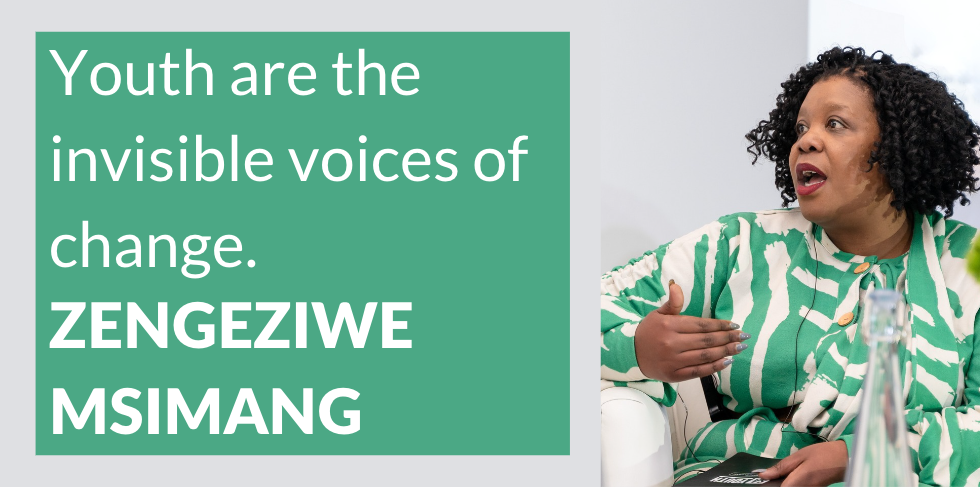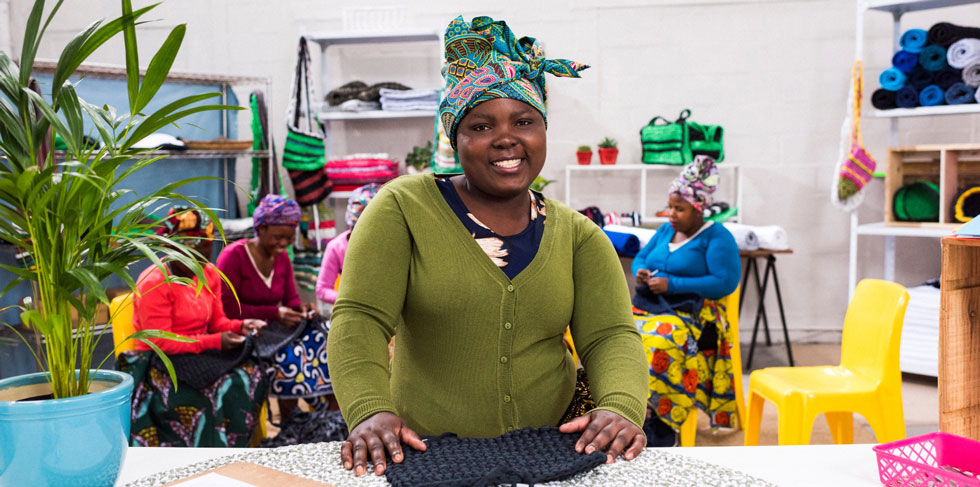But in truth, the economy has been shifting for decades. Unlike our east Asian counterparts, South Africa’s economy has moved straight from low-productivity sectors like agriculture to high-productivity sectors such as financial and business services – without the expected “stop” at manufacturing along the way. This has had direct implications for jobs and inclusion. Decades of jobless growth have led to more and more young people being excluded from the continually reshaping labour market.
Our research and experience suggest two broad trends as the formal labour market contracts: entire job families are disappearing, and there is an increased informalisation and gigification of economic activity, with increasing numbers of young people engaged in short-term contract work.
But there is also evidence of unmet and unrealised demand for work, in the form of job vacancies and “sunrise” growth sectors that could absorb large numbers of young people. However, these will not translate into mass employment opportunities on their own: we need to actively work together to unlock this demand and refine our employment tools and levers to make sure all young people can take advantage of it.
Referred to by economists as “industries without smokestacks”, the highest-growth sectors include financial, business and community services. In common with manufacturing, they share a number of characteristics that make them a valuable focus for employment intervention.
First, they are productive generating, high value per worker relative to average economy-wide productivity. Second, they can employ large numbers of low and moderately skilled labour. This means they have the potential to absorb young people at scale. Third, these sectors are undergoing rapid digital transformation at the global level, creating potential for sector-wide productivity growth which, in turn, drives up investment and employment growth, enabling the creation of viable pathways to higher earning.
Demand in each growth sector can be unlocked with specific interventions – but these need to be targeted to the sector and to the opportunity. With 500,000 opportunities on the horizon, the digital and global business services sectors (GBS, formerly the business process outsourcing sector) are a particularly high priority. We know that sector-led ecosystem facilitation works.
A great example is the Digital Work Accelerator, a public and private collaboration between government, industry and social partners that prioritises inclusive job creation within the digital and ICT economy. The partnership with the Department of Trade, Industry and Competition to influence the sector master plan towards inclusive hiring is an example of how targeted focus on sector coordination has resulted in job growth and inclusion.
Other sectors will require their own targeted action to unlock opportunity: agriculture offers 300,000 potential jobs – 200,000 direct jobs and a further 100,000 indirect jobs created upstream and downstream in manufacturing and service.
Agroprocessing and horticulture contribute a growing 15% share towards formal employment. But we need to address specific challenges, including land rights and infrastructure for efficient transport. Cannabis could also be a high-value crop with the potential to employ many, but legislation and regulation remain key constraints. Addressing these barriers will be critical in this cluster of sectors, as well as a focus on market access and increased investment.
Investing and enabling jobs in the care and social economy must be another priority, as this can not only provide employment but also solve a critical challenge faced by caregivers and healthcare workers. An estimated 104,000 assistant and auxiliary roles can be created in Early Childhood Development (ECD) centres. Supporting microenterprise development partnerships between the private sector and ECD microenterprises can increase the pathways to sustainable income generation. Furthermore, approximately 23,000 entry-level jobs for healthcare workers can be created in the public health sector to bolster HIV and TB testing and monitoring, and 5,000 roles as pharmacy assistants in independent community pharmacies.
In addition to unlocking opportunities, we must make sure that the demand generated is inclusive. For this, we need to expand and refine the utility of existing tools to address the changing shape of the economy. Think of it as a “Swiss Army knife” approach to employment levers – adding to their versatility and customising them to suit different ends for different sectors.
South Africa’s existing employment incentive infrastructure – tax incentives, credits and training programmes – was built for an era of heavy industry, less complex value chains and corporate stability. We need to increase the utility of these levers to support a future of work that supports SMME growth. This sector took a massive hit in the pandemic, but also has the potential to jumpstart growth. Adapting existing employment interventions to support increased hiring of young people by SMMEs can help reboot the sector and unlock jobs.
One area that’s ripe for adaptation is our approach to skills development. Current skills development levies can facilitate inclusive hiring – but also can be administratively burdensome. Incentive schemes are often aimed at skilling outcomes versus job placements. And current skills incentives do not sharply target the most vulnerable young people (those at or below matric and not in education, employment and training), being biased instead towards tertiary and graduate youth. By recalibrating our system of skilling incentives towards job placement and inclusion, we can encourage more corporates and industry associations to hire the most excluded young people.
Allowing small businesses to participate in the Youth Employment Service (YES) programme with recognition via affidavit, by sidestepping the costly QSE verification process, could help unlock 90,000 jobs per annum and mobilise value chains critical to economic revitalisation.
Additionally, the YES programme, funded by the private sector, can bolster work experience opportunities for unemployed youth through the YES turnkey solution (otherwise known as the implementation partner model), which offers businesses a way to change lives without hosting young people at their own organisations. More and more corporates are opting to place their young people with one of the YES implementation partners (IPs, or host partners) for maximum impact within the community, which includes placements in SMMEs, clinics, schools and green energy roles.
The South African economy is shifting rapidly. Despite jobless growth, there are specific opportunities that can be unlocked for millions of young people, through targeted interventions, sector coordination, and the recalibration of existing tools. We cannot let this opportunity pass. DM/BM
Source: Read the original article, written by Farai Mubaiwa and Sharmi Surianarain here: https://www.dailymaverick.co.za/opinionista/2022-03-30-how-to-unlock-youth-job-opportunities-in-sas-rapidly-shifting-economy/ . Published 30 March 2022.





 Stay Connected
Stay Connected

